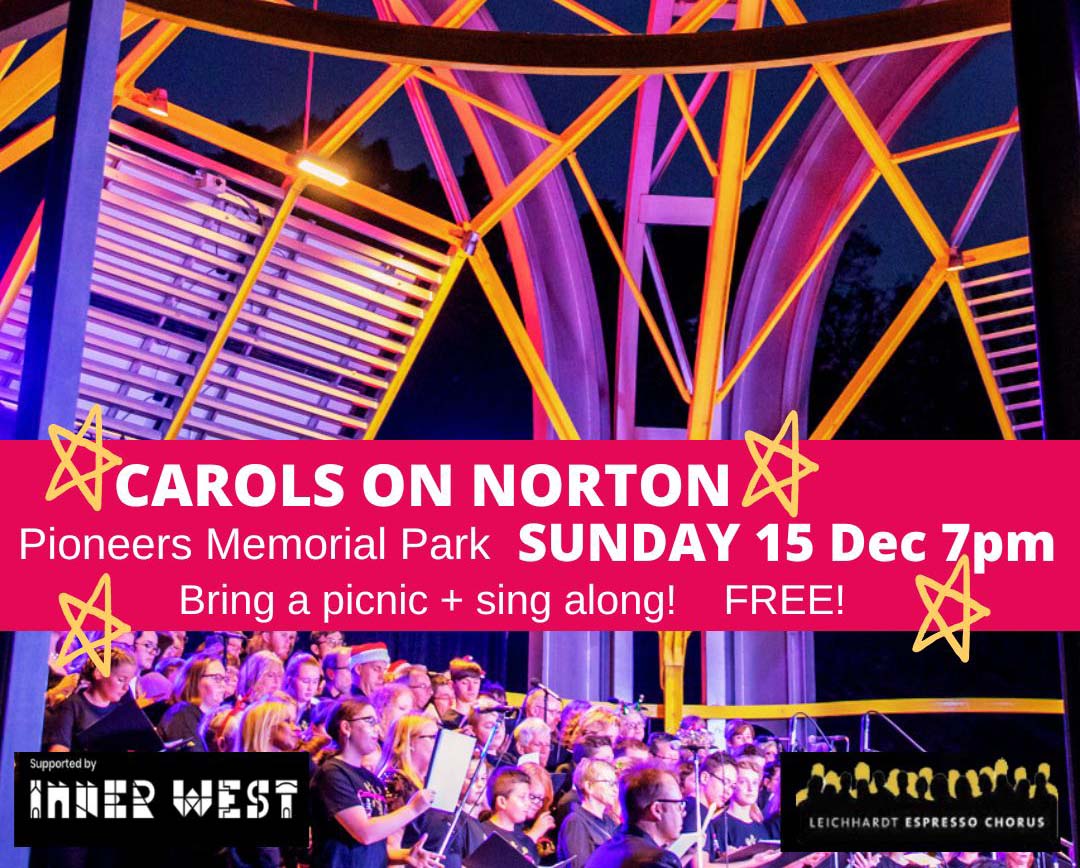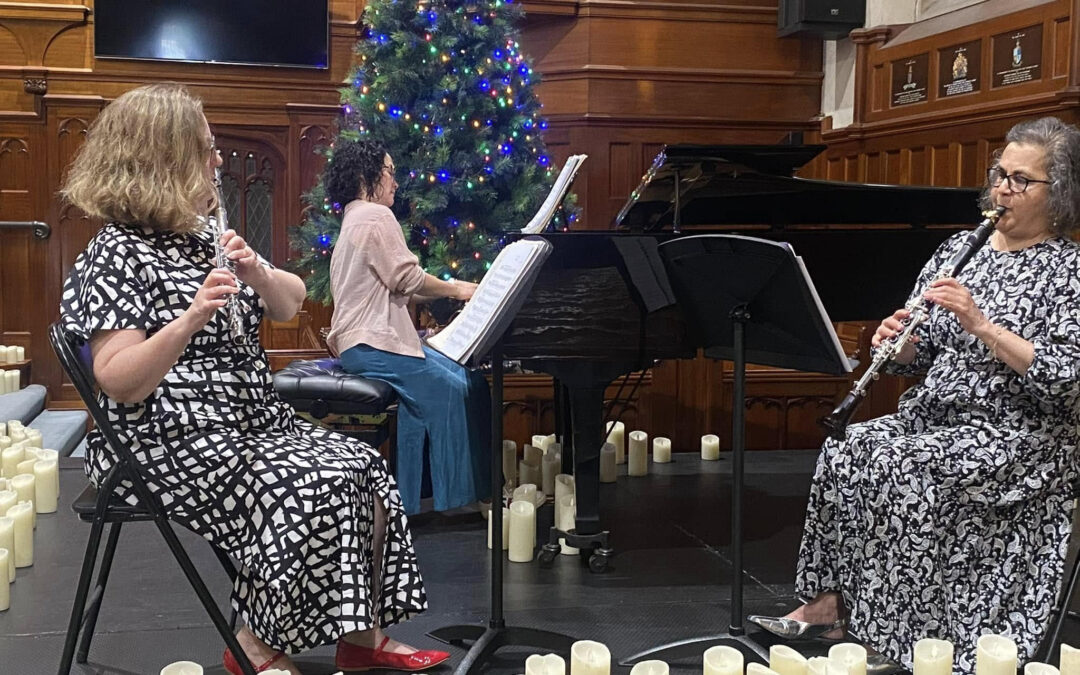I am fast becoming a devoted fan of the AYO. Their performances are spirited, secure and professional and their audience has a wonderful mix of all ages including some children under 10, many teenage and early 20’s friends and family groups. Inevitably there are a few whispered comments or exchanges from children, but I love it that they are there and that it is not a “children’s concert” with all the soft soaps to what some adults think children should experience, but a fully-fledged symphony orchestra concert with a demanding programme for both the orchestra and the audience.
There were so many good points about this concert that it is hard to know what to point out over and above anything else. While some things did not always work such as a missed trumpet solo near the end of the Mahler symphony, the orchestra gave fine and spirited performances of each work on the programme. A large orchestra was used for the Vine overture after which we lost two rows of string players, some brass woodwind and percussion for the Ravel finally regaining most of these for the Mahler after the interval.
Commencing with the Vine overture, the soft start to this piece quickly got up to a louder presence and faster tempo, eventually involving the whole orchestra in fast and syncopated passage work, as well as very agile themes passing from section to section.
A reorganisation of the stage was needed for the piano for the Ravel which was put in front of the conductor’s podium. Helene Grimaud’s approach to the Ravel piano concerto, I thought was in one sense very businesslike and therefore precise. This demanding concerto however does not only need precision but a lyricism in the middle slow movement as well as a sense of fun and awareness of the jazz overtones and Gershwinesque qualities of the outer movements. Grimaud produced all of this and more in a sparkling performance which gripped one from beginning to end. I loved how she seemed less like a soloist and more like part of the orchestra leaving ego behind and radiating the soul of the music. She deserved her many curtain calls and received her huge bunch of flowers with proteas and some eucalypt foliage with grace and humility acknowledging the orchestra’s role in the performance.
I always like to notice the idiosyncrasies of performers as this in one sense is why one goes to a live performance; one can “see” the music as well as hear it and often I find this focusses one’s mind on the music so much better than sitting at home with a CD. Watching the performers gives an insight to the approach being taken. In the beginning of the concerto Grimaud was still adjusting her piano bench to her desired height. This did not stop her watching the conductor, Manfred Honek closely, something I respect in soloists. This sort of rapport between conductor and soloist always produces far better results and this was always evident in this performance.
The conductor seemed to be much loved by the young performers and every gesture clearly was being followed with spirit. I was impressed with fast rhythmical and syncopated passages and passing of melodies and rhythms from one section of the orchestra to the other in seamless interplay. There was a sense of real team work with orchestra and conductor working together, as well as allowing the musicians to “have their head” at certain points in the concert without intervention from the conductor.
The Mahler symphony had many tempo shifts and holds back at points, which was done impeccably by the orchestra following the conductor’s gestures and intent. Manfred Honek conducts with his whole body so that his very being is the music and there is a dance of the music in his gestures. Sometimes just conducting with his hands and at other times on his toes, sometimes wide sweeps or phrasing indications of his left hand while keeping the beat with his right hand and at other times cheeky swings with his hips and angling of his body to produce the many witty moments that abound in a Mahler symphony, Manfred Honek always indicated exactly what he wanted particularly in the Mahler symphony.
There were two encores after many curtain calls, the first being “Morning” from the Peer Gynt Suite by Grieg. The second encore was rather like the Thunder and Lightning overture with a few extra touches. The clarinettist was given a cadenza in the middle which very thinly disguised “I still call Australia Home” a reflection perhaps of the orchestra having been away in Europe on tour. In addition there were a few “choreographed” sections almost at the very end where the orchestra sections suddenly stood up while playing a short little phrase and then just as suddenly sitting down again. Therefore we had the first violins sitting on the left suddenly rising up followed by the second violins on the right (the cellists were in front of the conductor) and then followed by other groups including the cellists (impressive!) all not missing a beat as they did this. This was a sort of Mexican wave of the orchestra; very funny and highly effective producing a fitting end to this highly professional orchestra full of youthful vigour and fun, as well as fully respecting the music.
Review for:
![]() Australian Youth Orchestra with Helene Grimaud | Saturday 6 Aug 2016 | Arts Centre Melbourne, Hamer Hall
Australian Youth Orchestra with Helene Grimaud | Saturday 6 Aug 2016 | Arts Centre Melbourne, Hamer Hall![]()




























